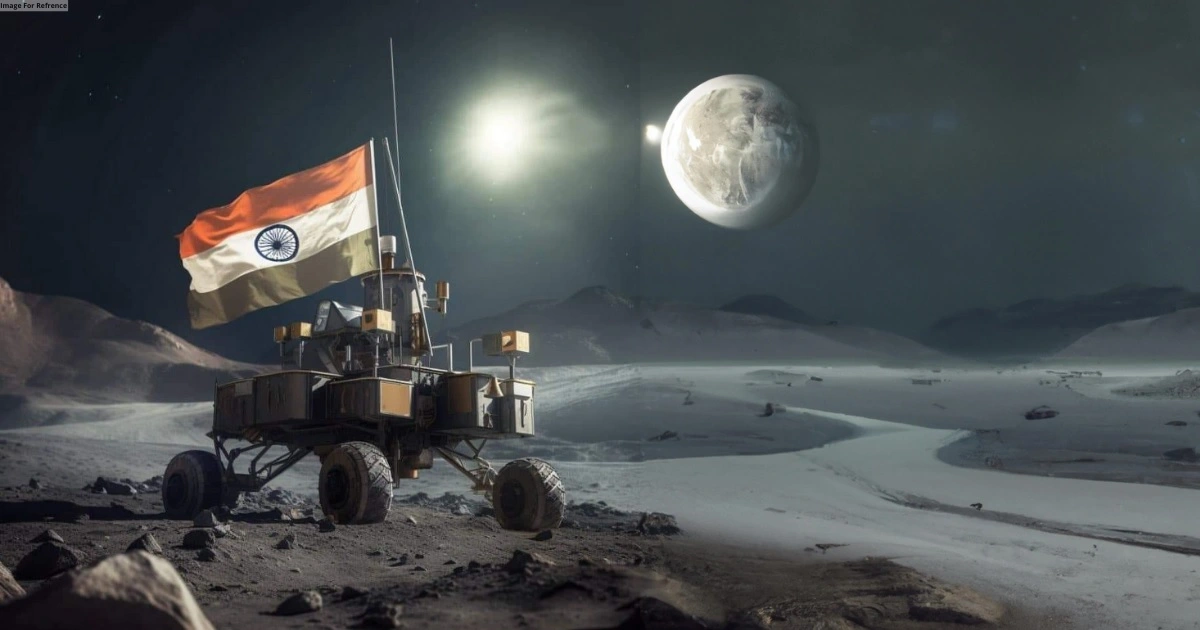India Makes Historic Landing Near Moon’s South Pole

India’s Chandrayaan-3 spacecraft successfully landed on the Moon’s south pole on Wednesday, a historic achievement that makes India the fourth country to soft-land on the lunar surface.
The lander, Vikram, touched down at 18:04 local time (12:34 GMT) in the South Pole region of the Moon. The landing was confirmed by the Indian Space Research Organisation (ISRO), which said that the lander was “healthy” and in “good condition.”
The Chandrayaan-3 mission is India’s third lunar mission, and its goal is to study the Moon’s south pole. Which thought to be rich in water ice. The lander is carrying a number of instruments, including a camera, a spectrometer, and a radar. Which will used to map the lunar surface and study its composition.

The successful landing of Chandrayaan-3 is a major milestone for India’s space program. It is also a significant achievement for the international community, as it demonstrates the growing capabilities of developing countries in space exploration.
The success of Chandrayaan-3 is a major boost for India’s space program. The country is now one of only four nations to have successfully landed on the Moon, joining the United States, the former Soviet Union, and China. India is also the first country to land on the Moon’s south pole.
The landing of Chandrayaan-3 comes just four days after Russia’s Luna-25 probe crash-landed on the Moon. The failure of Luna-25 was a setback for the Russian space program. But the success of Chandrayaan-3 is a reminder that India is a rising power in space.
The Chandrayaan-3 mission expected to last for one year. During this time, the lander will collect data and images. That will help scientists to better understand the Moon’s south pole. The data and images will also used to plan future missions to the Moon.

The successful landing of Chandrayaan-3 is a major achievement for India and for the international community. It is a reminder that space exploration is a global endeavor. And that countries from all over the world are working together to explore our solar system.

- Art
- Causes
- Best Offers
- Crafts
- Dance
- Drinks
- Film
- Fitness
- Food
- Spellen
- Festival
- Gardening
- Health
- Home
- Literature
- Music
- Networking
- Other
- Party
- Religion
- Shopping
- Sports
- Theater
- Wellness



